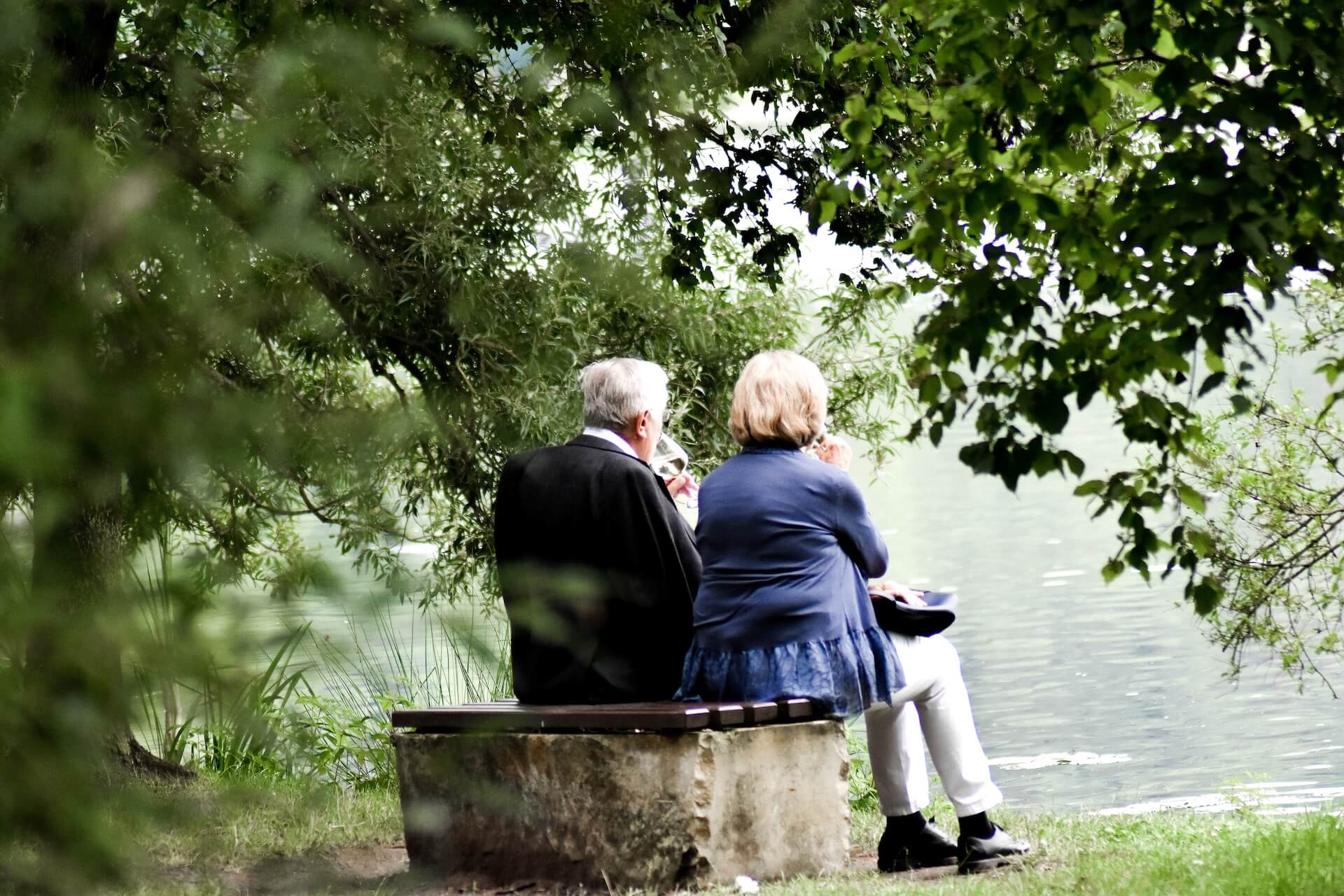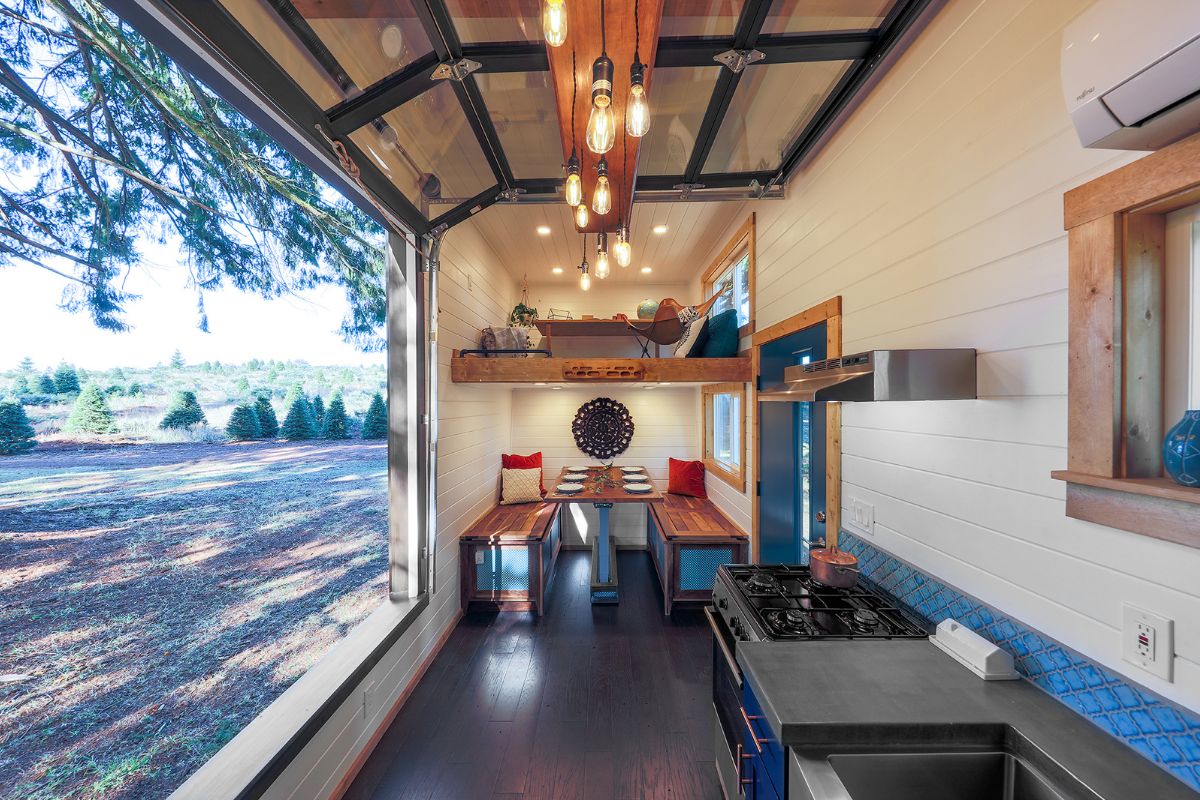Aging in place is a concept gaining traction in the world of elder care. It encapsulates the idea of allowing seniors to continue living in their own homes, or a setting of their choice, as they age, as opposed to transitioning to assisted living facilities or nursing homes. Here, a key factor contributing to the successful implementation of this idea is the environment in which one chooses to age.
Interestingly, one trend that is increasingly becoming popular in this context is the use of tiny homes. Compact, efficient, and often nestled in serene environments, these dwellings are proving to be more than just architectural novelties. They are now being recognized for their potential to provide a safe, accessible, and affordable living option for seniors looking to age in place.
What's important to note here is the emphasis on a "well-designed" tiny house plan. Just like any other residence, the success of a tiny home as an abode for the elderly depends greatly on how well it is designed. It must cater to the specific needs of the individual, prioritizing aspects like safety, mobility, and cost-effectiveness.
Understanding the Concept of Aging in Place
In essence, aging in place centers on the principles of maintaining independence, preserving dignity, and enhancing the quality of life for seniors in their own homes. The advantages of this approach are significant. Seniors can continue living in a familiar environment, maintain their daily routines, and have a sense of continuity, all of which can contribute positively to their overall physical and mental health. They also enjoy a sense of continued autonomy and control over their lives, something that might be compromised in a nursing home or assisted living facility.
However, aging in place doesn't come without challenges. Seniors may face issues such as decreased mobility, reduced income, and increased health concerns that may hinder their ability to live independently. Here is where the benefits of tiny homes become apparent. Given their compact size, they are more affordable to build and maintain than larger homes. Their size also makes them easier to manage and clean, thus reducing the burden of home maintenance. They can be customized for accessibility and ease of use, which means they can be equipped to address the specific challenges faced by seniors.
Factors to Consider for Safe and Affordable Living
Accessibility and Mobility
When designing a home for a senior citizen, one must place the utmost importance on creating a barrier-free design. This means incorporating features that make mobility and use easier. For example, ramps can be used instead of stairs to enable wheelchair or walker access. Grab bars can be installed in bathrooms and other potentially slippery areas to prevent falls. Doorways should be designed wider than standard to allow wheelchair access. Lever-style door handles and faucet controls are easier to operate for seniors, especially those with limited hand strength or conditions like arthritis.
Functional and Efficient Design
Another essential aspect of a senior-friendly home design is its functionality and efficiency. An open floor plan, devoid of unnecessary partitions or walls, allows for easy movement. Space utilization must be carefully planned to allow for ample storage without making the space feel cluttered. One must avoid multiple stories in the design, sticking to a single-story layout to eliminate the need for stairs, which can be a potential hazard for seniors.
Safety and Security
Safety and security measures should be a high priority in the design of a senior's home. Install adequate lighting, especially in potentially hazardous areas like bathrooms, kitchen, or walkways to prevent accidents. Motion sensors can be installed to automatically light up areas when movement is detected. In bathrooms, non-slip flooring and shower features can greatly enhance safety. To enhance security, one can implement smart home technology such as video doorbells, automatic door locks, and monitored security systems.
The Importance of a Good Tiny House Plan in Aging in Place
Customization and Adaptability
Every individual's needs are unique, and this is especially true for seniors. Therefore, a good tiny house plan should be tailored to suit these unique needs. However, one must remember that these needs are not static - they can change over time. As such, the design must be adaptable enough to accommodate changes in the resident's mobility or health condition.
Energy Efficiency and Cost Savings
Sustainability and cost-effectiveness go hand in hand. By incorporating sustainable materials and energy-efficient systems into the design of the tiny house, one can reduce environmental impact while also saving on utility costs. Features such as solar panels, energy-efficient appliances, and LED lighting can contribute to energy conservation. Proper insulation can maintain a comfortable indoor temperature, reducing the need for heating and cooling appliances, and thereby lowering energy consumption.
Future-Proofing
Designing a house that serves current needs is important, but so is designing for potential future needs. This includes incorporating flexible spaces that can be converted into a room for caregiver assistance if required. Pre-wiring the home for potential future needs, such as medical equipment or additional security systems, can save a lot of time, money, and effort down the line.
Additional Tips for Aging in Place
Health and Well-being
Health is not just the absence of disease; it also involves a state of overall well-being. To promote this, the living environment should be comfortable, clean, well-ventilated, and receive ample natural light. Consider designing dedicated spaces for relaxation, such as a reading nook or a small garden. These can contribute significantly to reducing stress and promoting mental health.
Adapting eating habits can also contribute to a safe and healthy living environment. Consider the benefits of organizing meals ahead of time. Learning how to meal prep could offer a structured approach to sustaining nutritional needs while reducing daily stress associated with meal preparation, especially beneficial when aiming for independent living.
Community and Social Engagement
Living independently doesn't mean living in isolation. Even in a tiny home, one should plan for social interaction. This can be done by incorporating spaces that promote engagement, such as outdoor spaces for gardening or leisure activities. Proximity to community centers or enabling home visits by community members can keep seniors engaged and socially active.
Conclusion
Aging in place in a tiny home offers a multitude of benefits - from cost savings and environmental sustainability to enhanced safety and comfort. However, the effectiveness of this approach hinges heavily on how well the tiny house is designed. A good tiny house plan caters to the current and future needs of the individual, with a focus on accessibility, functionality, safety, and cost-effectiveness. The potential for safe, affordable living is immense, and we strongly encourage individuals and their families to explore the numerous possibilities offered by aging in place. With thoughtful planning and a good design, seniors can enjoy a high quality of life in the comfort of their own home, while maintaining their independence and dignity.






Share: